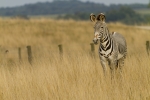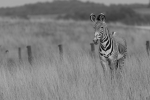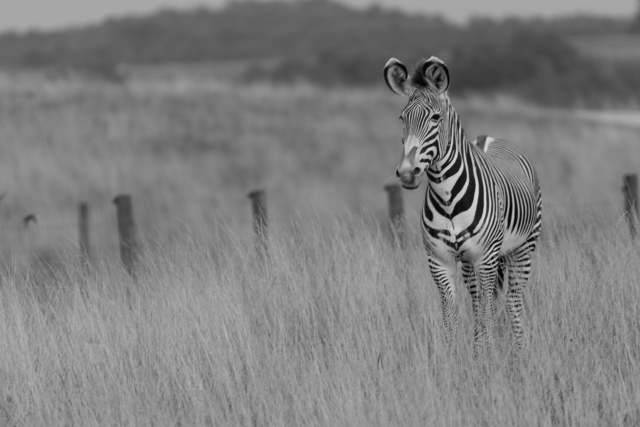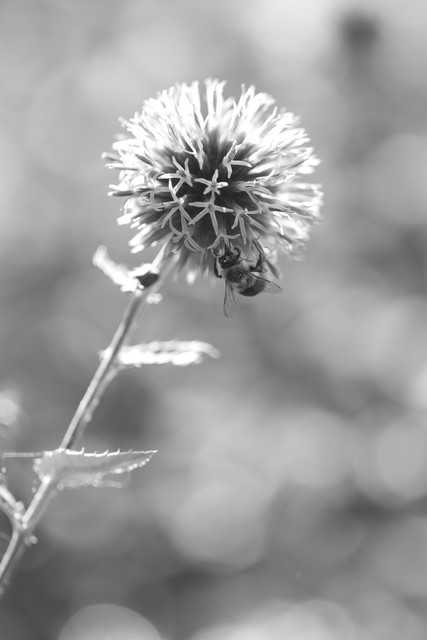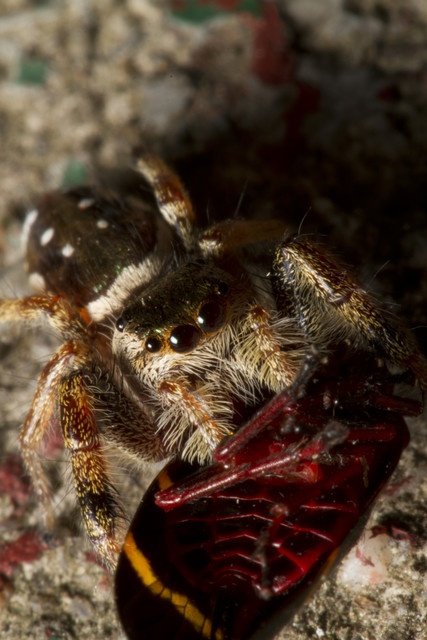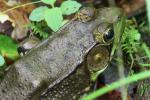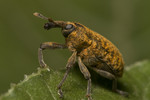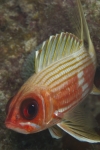poll
Poll: Lone Tree
ktuli — Mon, 03/18/2013 - 15:56
On our trip to Latodomi Nature Center, we saw this tree out in a field all by itself. I instantly knew it would make for some great photos. I intend to visit several times and try to capture the same scene repeatedly during different seasons. Here is the first...
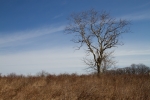 |
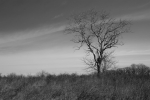 |
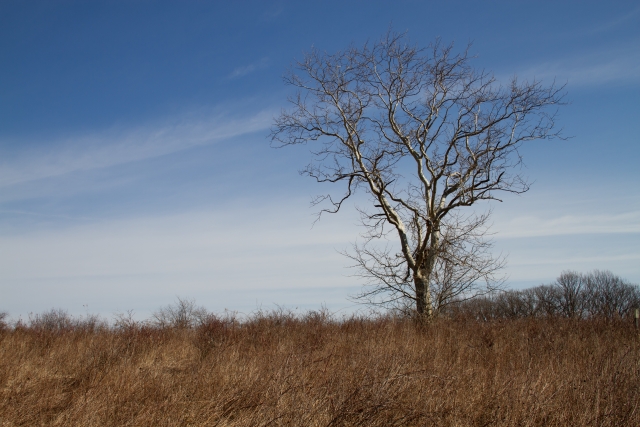 |
|
Technical Data: Canon EOS 7D, Canon EF-S 18-55mm f/3.5-5.6 II at 25mm, 1/400 sec at f/8. ISO 100. RAW processing in Adobe Camera Raw.
It has been a while since we've had a poll, so go ahead and cast your vote for which version you like better...
- Bill
Poll: Turks and Caicos Explorer: Nurse Shark Cropping
ktuli — Mon, 11/05/2012 - 19:18
I absolutely love this photo - and the best part about it... it works in so many different ways.
Check out the different crops below and then vote on which one you like best.
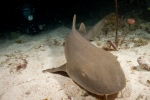 2x3 Horizontal Original |
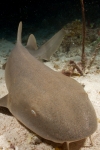 2x3 Vertical Crop |
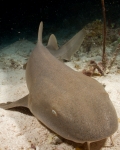 4x5 Vertical Crop |
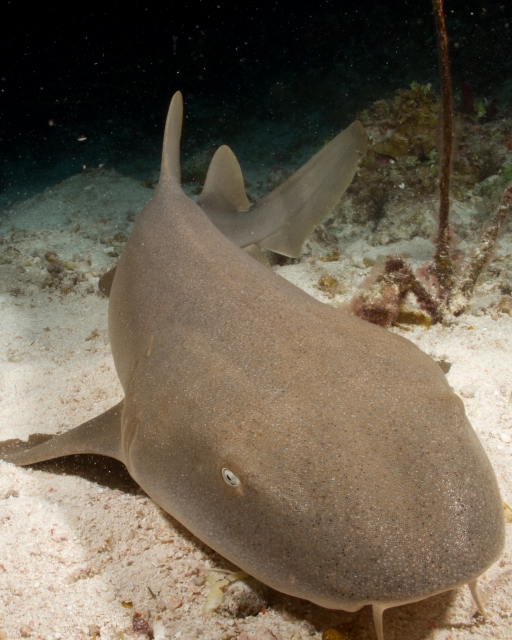 |
||
Technical Data: Technical Data: Canon EOS 7D, Canon EF-S 18-55mm f/3.5-5.6 II at 18mm. 1/120 sec at f/22. ISO 320. Ikelite Housing and Port with dual Ikelite 161 Strobes in eTTL mode. Raw conversion and cropped in Adobe Camera Raw.
In the original framing, I love how you can see one of our dive friends - Jim - in the background also taking photos of the sharks. In particular, I love how wide Jim's eyes look through his mask. With the 2x3 vertical crop, I felt that since the shark's face is so close to the front of the frame, I would crop in tight and let it almost fill the frame - the one downside to that is that its pectoral fin gets cropped out in the process. Which is why I changed ratios and went with the 4x5 crop.
In the end, I really love every version of this photo... Vote below and let me know which one you like best.
- Bill
Poll: The Wilds (part 1)
ktuli — Mon, 07/30/2012 - 20:01
Ok - I guess I couldn't wait any longer to get to these photos from The Wilds, and we're going to jump straight to my favorite one of the set.
The Wilds is a wild-life conservation center associated with the Columbus Zoo. It is about 1.5 - 2 hours away from Pittsburgh in an old strip mine location. The layout provides for some different opportunities for photography - with the usual way to tour the facility being in safari type vehicles through the large, wide-open areas where the animals roam free. So fences aren't a problem, and you can get some more natural behavior out of the animals.
I spent the day with my longest lens - my Sigma 150-500mm - mounted on my camera. Many times it was a hindrance with the 150mm end being a bit too long when the animals were close, but when they were further off, it gave me some great images...
Technical Data: Canon EOS 7D, Sigma 150-500mm f/5-6.3 APO DG OS HSM at 500mm, 1/120 sec at f/6.3. OS Mode 1. ISO 100. RAW conversion in Adobe Camera Raw, B&W conversion in Photoshop CS5.
I don't know what all to say about this image. I love the composition, the simplicity of it, the nicely blurred background and main subject isolation. The only complaints I have with it would be the fence post that is just below the zebra's mouth, and the focus is ever so slightly off (actually it may have been vibrations from the vehicle motor).
But I can't decide which version I like better... color or B&W. So place your vote below and let me know!
- Bill
Poll: Robin's Eggs - Flash or No Flash?
ktuli — Thu, 04/12/2012 - 20:37
This isn't the first time I've asked this question here, but we'll look again at whether a shot looks better with or without flash. The settings are slightly different (a different aperture and thus depth of field), but these shots are pretty close.
 1/250 sec @ f/5 with flash |
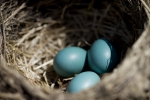 1/800 sec @ f/2.8 with no flash |
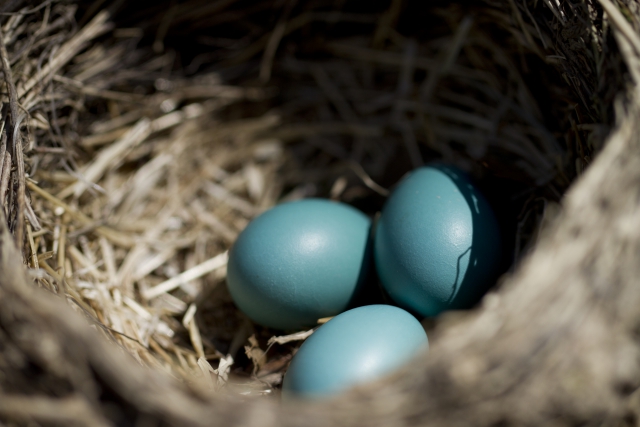 |
|
This nest was in a rather odd location, and if I head back to try for more trillium shots, I'll have to see if the eggs have hatched and how things are going.
- Bill
Poll: Dew Drops
ktuli — Tue, 03/27/2012 - 19:02
A couple weekends ago, Anya and I went to Powdermill Nature Reserve to see what we could find. We were hoping for some migratory birds and maybe some early spring wild flowers or insects.
Unfortunately, we got there a bit late in the morning, and while there was still some dew on the leaves, the light was very harsh. I remembered something I'd heard a while back that said that harsh light like that sometimes works really well for black & white photos.
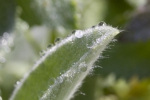 |
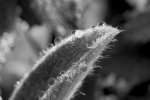 |
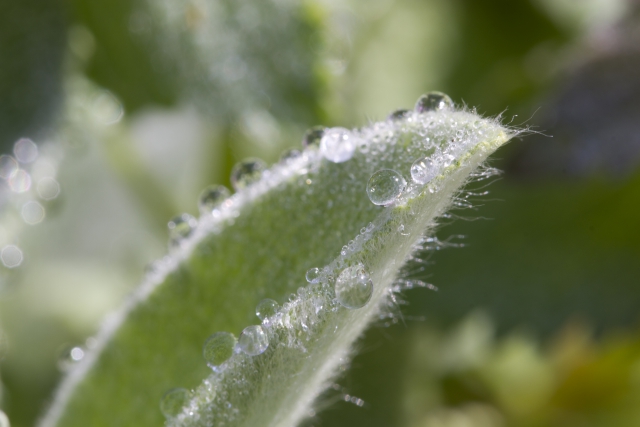 |
|
Technical Data: Canon EOS 7D, Canon EF 100mm f/2.8L Macro IS USM, 1/15 sec at f/11. ISO 100. RAW processing and B&W conversion in Adobe Camera Raw and Photoshop CS5.
- Bill
Poll: St. Kitts Saman Tree Compositions
ktuli — Sat, 12/03/2011 - 20:38
When we go on dive trips, our group always makes sure to spend some time top-side exploring the exotic places that we visit. In St. Kitts, we visited a batik factory (yes, like the one we visited in Bali) located on the grounds of Romney Manor that was once owned by the great great great grandfather of Thomas Jefferson.
On the grounds is a Saman Tree (Albizia saman). This tree is absolutely incredible... it is over 350 years old, 24 feet across at the base of the trunk, and the branches span over half an acre.
So obviously, it presented some challenges for getting a good composition that worked well to capture it. In all honesty, I should have put Anya in the frame near the base of the tree as a point of reference. Additionally, the late afternoon (almost 4PM) tropical light certainly presented some exposure issues (between a bright sky and dark branches and shared area under the tree).
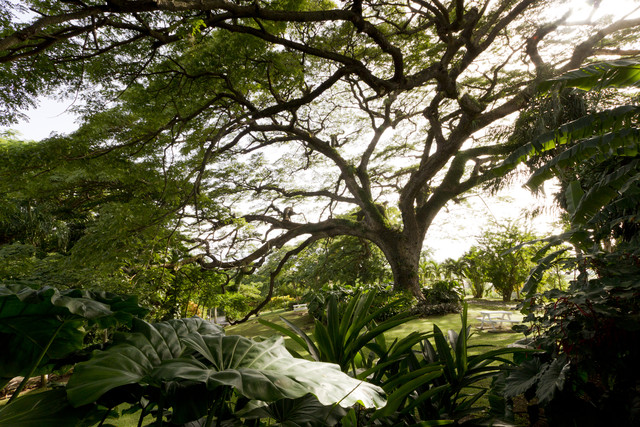 |
|
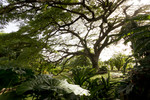 Wider Composition, 1/120 sec at f/11 |
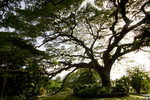 Tighter Composition, 1/200 sec at f/11 |
Technical Data: Canon EOS 7D, Sigma 10-20mm f/4-5.6 EX DC HSM AF at 10mm, 1/120 and 1/200 sec respectively at f/11. ISO 400. Raw conversion in Photoshop CS5. Romney Manor, St. Kitts.
Usual drill here - mouse over the thumbnails for the larger view, then place your vote and leave a comment letting me know why you chose what you did.
- Bill
Poll: Roberto Clemente Bridge Exposures
ktuli — Mon, 11/14/2011 - 20:30
With the evenings getting darker earlier these days, I recently went out with a couple friends to get some night photography downtown. I came back with only a handful of keepers, but it was still a fun learning experience.
One keeper is actually two different exposures of the Roberto Clemente Bridge. One is a fairly short (1/2 second) exposure while the other is a much longer exposure at 25 seconds.
 Short Exposure 1/2 sec at f/1.8 |
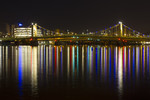 Long Exposure 25 sec at f/11 |
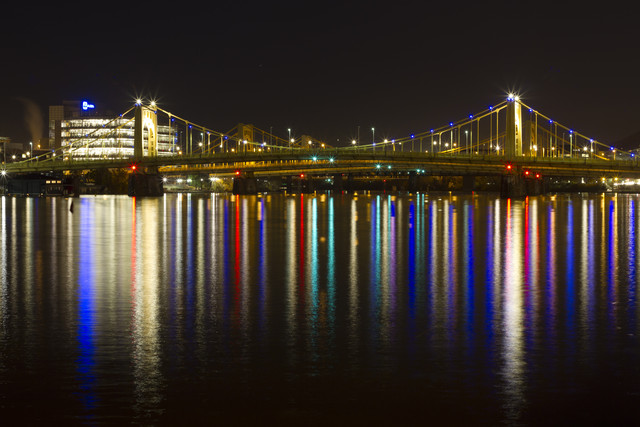 |
|
Technical Data: Canon EOS 7D, Canon EF 50mm f/1.8 II, 1/5 sec at f/1.8 and 25 sec at f/11, ISO 100. Raw conversion in Photoshop CS5.
Mouseover each thumbnail for a larger view, then place your vote and leave a comment to let me know why you chose what you did.
- Bill
Poll: Caribbean Explorer: Redlip Blenny
ktuli — Thu, 10/27/2011 - 17:53
This isn't the first (nor will it be the last) blenny I'll share here, but this particular species works well for a little voting. There are two main color phases with this species - the all dark reddish-brown ones and the bi-color grey body with reddish head.
The species is a Redlip Blenny (Ophioblennius macclurei). This funny looking little fish are small (around 2-4 inches) and like most blennies stay near holes or burrows that they use to hide in. As you approach, they quickly retreat into the recesses of the reef and will slowly return if you remain still long enough. Because of this, they were somewhat challenging to photograph, and I had to approach them slowly to get a decent shot.
Since I have managed to get good photos of both color varieties, we'll do a slightly different poll today. Instead of picking which photo you think looks better, just pick which fish color phase you like better!
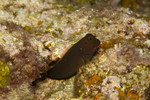 |
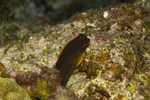 |
 |
 |
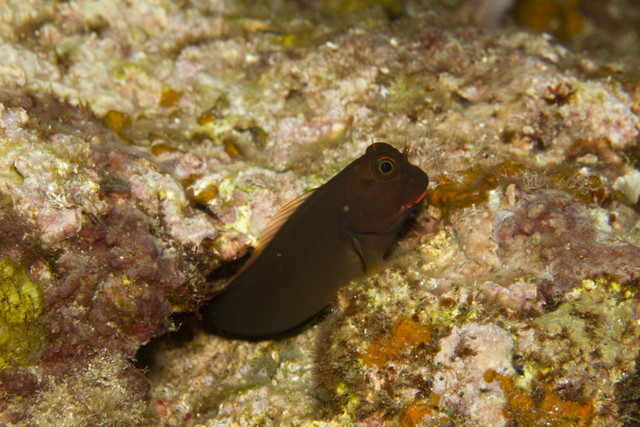
|
|||
Technical Data: Canon EOS 7D, Canon EF 100mm f/2.8L Macro IS USM, 1/120th sec at f/16. Image Stabilization on. ISO 100. Ikelite Housing and Port with Ikelite 161 Strobe in TTL Mode. Raw conversion in Photoshop CS5.
So hopefully by now you know the drill. Place your vote, then leave a comment to let me know why you chose the one you did.
- Bill
Poll: High Key Blue Globe Thistle
ktuli — Thu, 08/04/2011 - 16:57
Ok - here's a new one for me. High Key Photography is a style of photography that is generally bright and eliminates any shadows. When I saw this Blue Globe Thistle (Echinops_sphaerocephalus) with this nice back lightning, I decided to crank up the bokeh with a wide aperture and see what I could get.
Due to the proximity of the other thistles, it was really tough to frame it, so I took a couple shots. The first version ended up with an incoming bee in the background that was distracting. The second version was better with the bee having landed on the flowers, but I wasn't as thrilled with the framing. So I took one more shot which ended up with just an edge of the next flower in the frame. I used Photoshop's content aware fill to eliminate the out of focus bee and the other flower as well as to convert each to black and white....
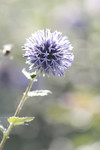 Version 1 SOOC |
|
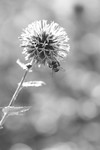 Version 2 B&W |
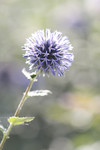 Version 1 Fixed |
 Version 3 SOOC |
|
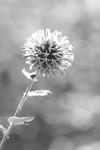 Version 1 Fixed B&W |
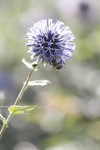 Version 3 Fixed |
|
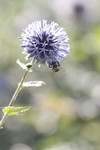 Version 2 SOOC |
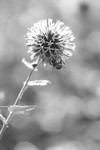 Version 3 Fixed B&W |
Technical Data: Canon EOS 7D, Canon EF 100mm f/2.8L Macro IS USM, 1/250 sec at f/2.8 Image Stabilization on. ISO 100.
So I know this is tough with this many choices, but take a look through the different versions and vote to pick which one you like best. Then leave a comment to let me know what made you choose the one you did.
- Bill
Poll: Jumping Spider Dinner (part 3)
ktuli — Wed, 07/13/2011 - 19:37
As I was working with this guy, I was trying many different angles - some because he would move around, some because I just wanted to get as many angles as possible before he got tired of having a camera shoved in his face.
When I tried this angle, my camera flash bracket put the flash to the side of the spider. I could have moved it, but then I thought about how a shot would look with the light coming from the side and producing this strong shadow on the other side of the spider.
Fortunately, it worked exactly as I had envisioned before clicking the shutter. The side lighting caused a very distinct shadow to the far side of the spider - producing an effect that makes the spider look much larger than he really is. In truth, because of the setup I was using (basically a 2:1 magnification), this spider was already looking pretty giant in the viewfinder. However, that big shadow just increases that feeling in my opinion.
I shared this on a forum I frequent, and received lack-luster responses to the usage of the flash in this manner. One suggestion was to use a reflector to bounce some of the flash light back into the right side. This probably would have still kept the distinct shadow, but would have helped to bring back some of the details on the right side of the spider.
I don't know if that would have really done much, or if I would have liked it better - I personally am very pleased with this shot and the feeling it produces for me.
Technical Data: Canon EOS 7D, Canon EF 100mm f/2.8L Macro IS USM with Kenko Teleplus PRO 300 "DG" AF 2x Teleconverter, 1/250 sec at f/16. Canon Speedlight 580EX II flash in auto mode and wireless control. Image Stabilization on. ISO 160. RAW processing in Adobe Camera Raw.
So cast your vote and let me know what you think... whether the strong shadow works, or if it ruins the image. Drop me a comment and let me know why you voted the way you did (sorry - no option will be provided for 'the spider ruined the image, not the shadow!'). Remember - you don't have to know all about photography to be able to vote on what you like...
Thanks for stopping by!
- Bill

